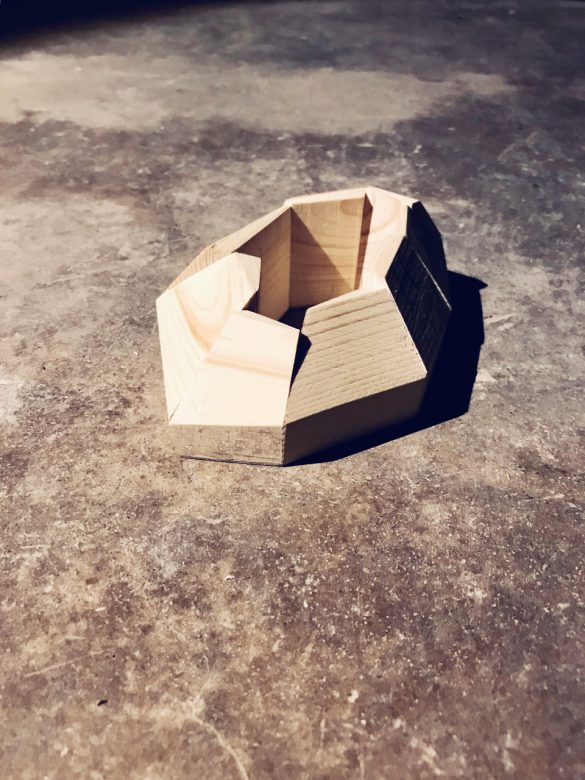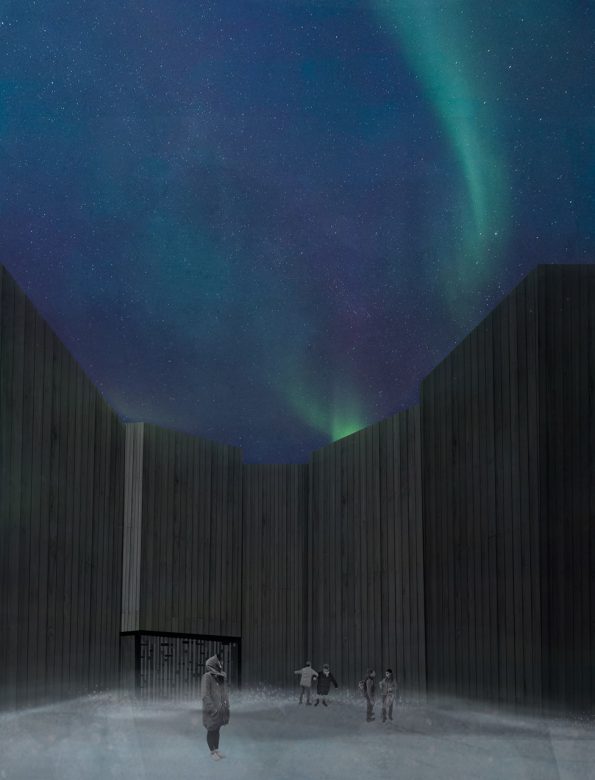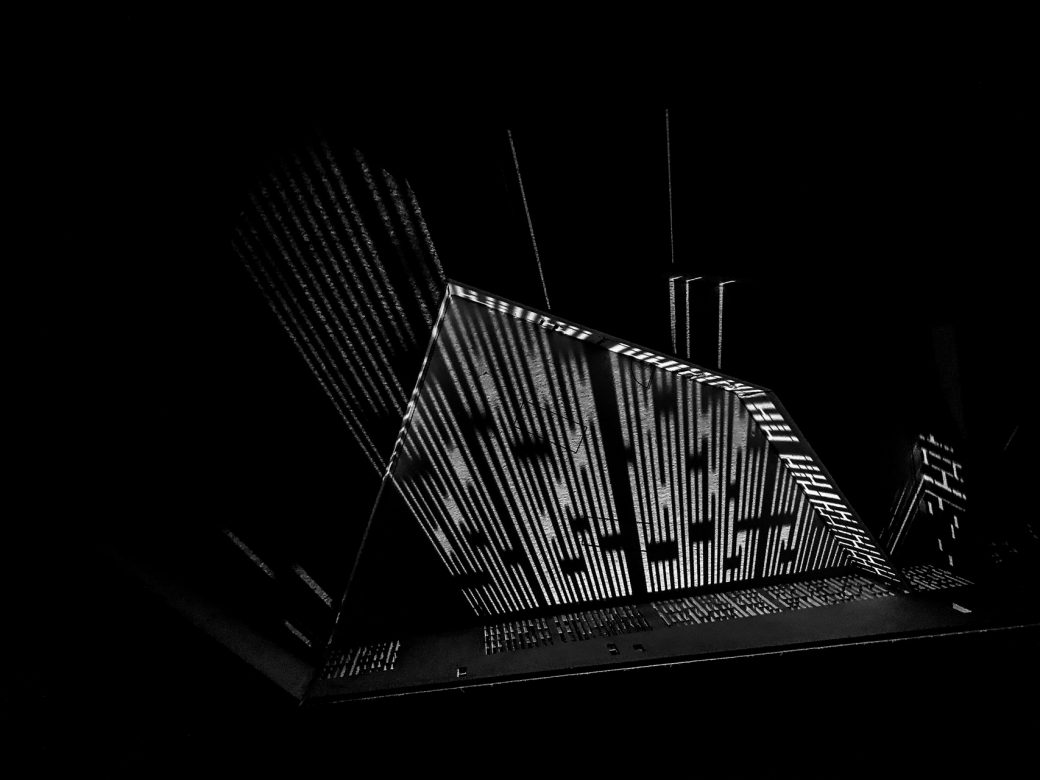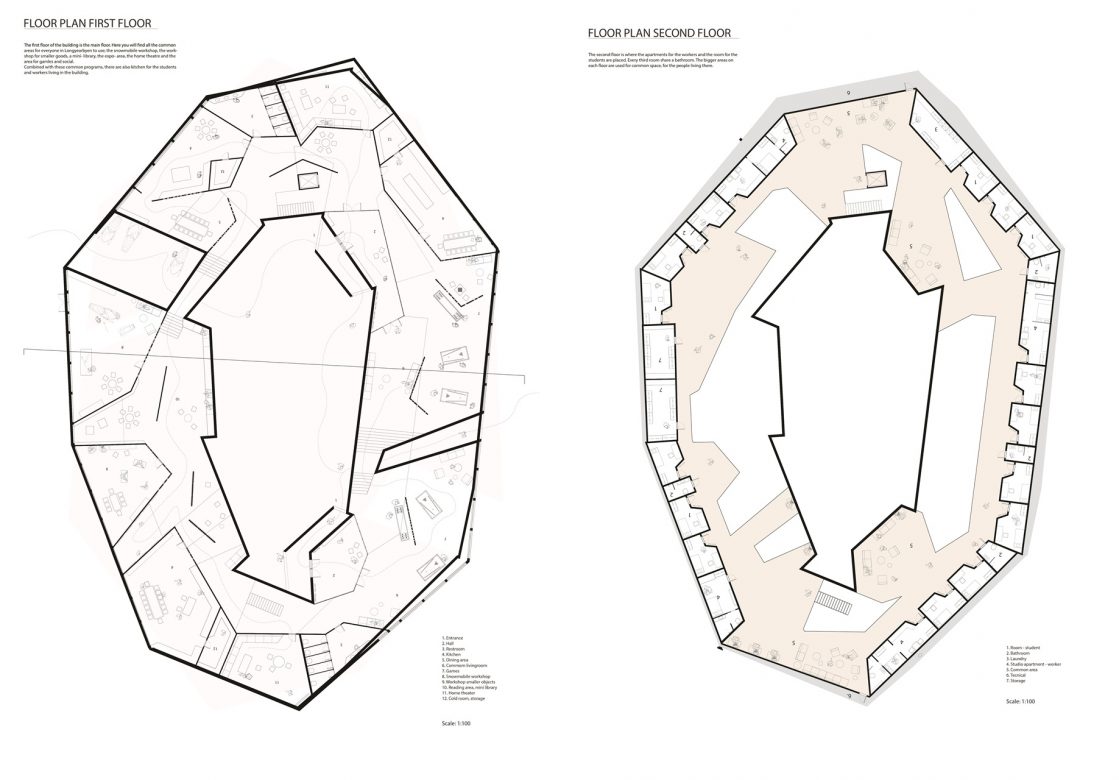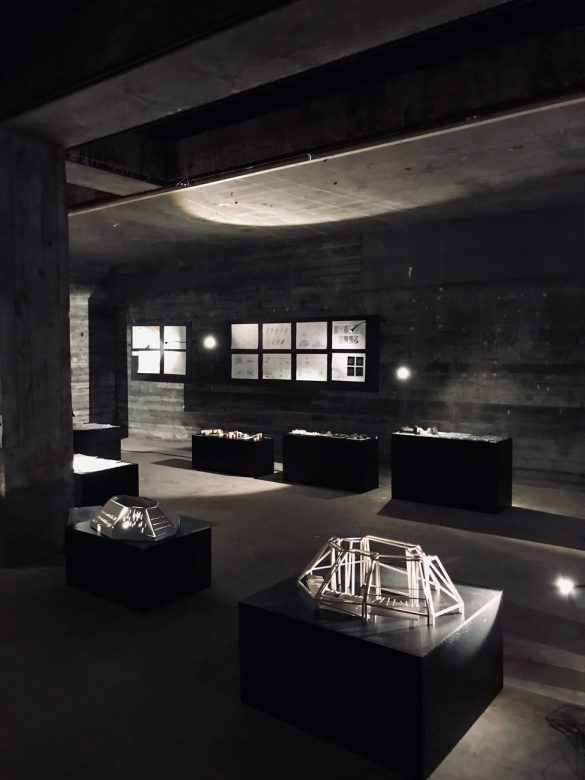
Svalbard is changing in many ways and have been changing since the first mines were established over 100 years ago. From a coal miner society where men lived in simple barracks with their families on the mainland, to a society were tourism and research is the dominant source of income.
Today Longyearbyen is a small society with two kindergartens, a school, culture house and sports arena. The demography consists of nearly 50/50 men and women.
The society in the city is temporary. People does not live here throughout their whole life.
You must have a job and a place to stay if you are to live in Longyearbyen. Some people live there for many years before returning to the mainland, where they grow old, while most of the people are studying or working in Longyearbyen for a shorter period of time. This continuous replacement of locals makes the society different from the mainland.
People are more outgoing and often eager to know each other. It also seemed to us that they are very engaged in their community and in general resourceful people.
It is not only the social structures and way of living, which is changing in Longyearbyen. The climate is changing rapidly. Due to these changes, the weather is getting warmer, the soil be- comes defrosted and avalanches is a problem for several houses in the small city. The barracks which today function as student accommodation are within the avalanche zone. It is decided that the students must be moved to another site within the city.
Our project is about making new housing for students and workers in Longyearbyen. The site that has been given to this purpose is situated in the city center, next to the main street. Because of this immediate relation to the urban life of Longyearbyen, the project will have unifying programs for all citizens. The climate in Longyearbyen can be harsh, cold and dark. The project will give shelter from the weather but also be a place to experience the arctic climate.
Project and strategy: The project give new housing for temporary living students and workers, combined with unifying programs for all citizens.
The thought behind this combination is for natural meetings to appear between locals, but also to give the society a space for indoor activities that can benefit them all.
To be able to do a project like this we went on a study trip to Longyearbyen and lived with the students there. We met and spoke to people living there and got a better overview of how the living situation is today.
